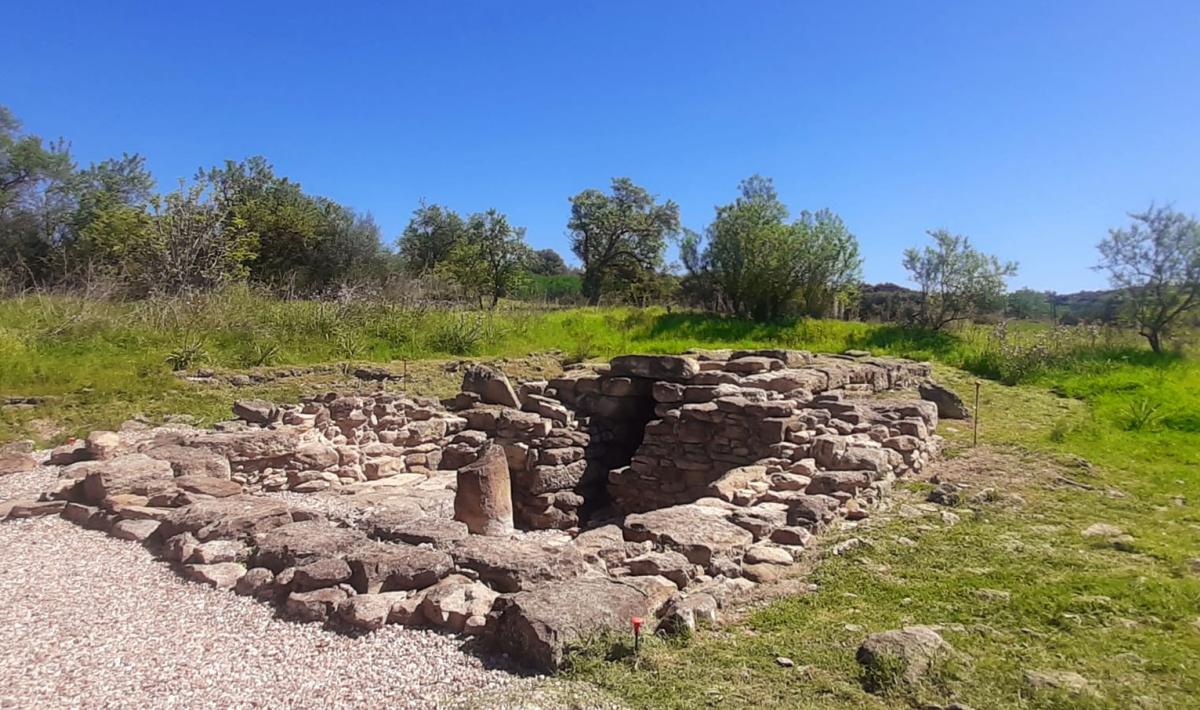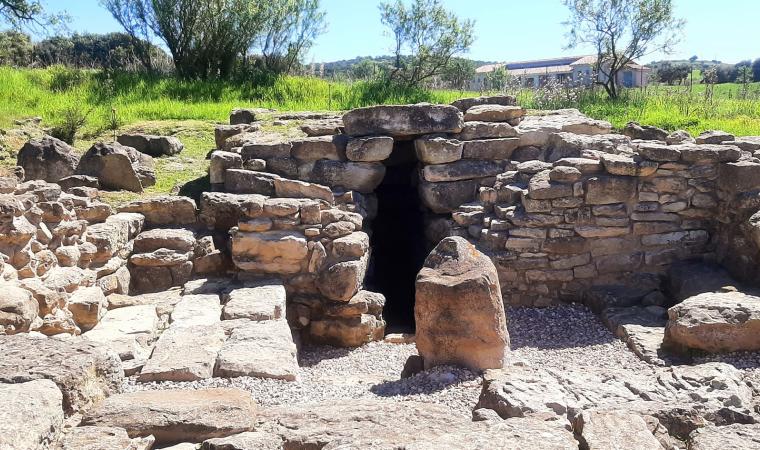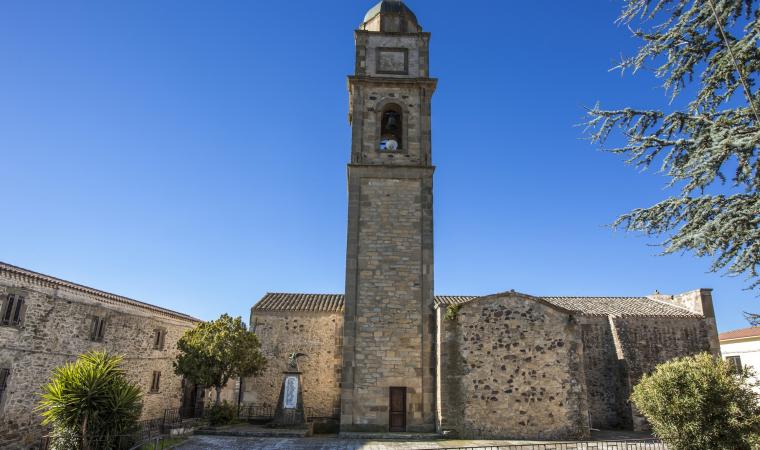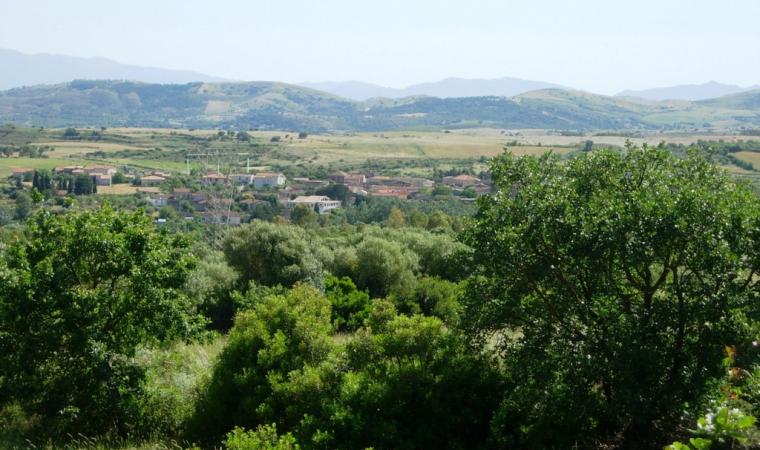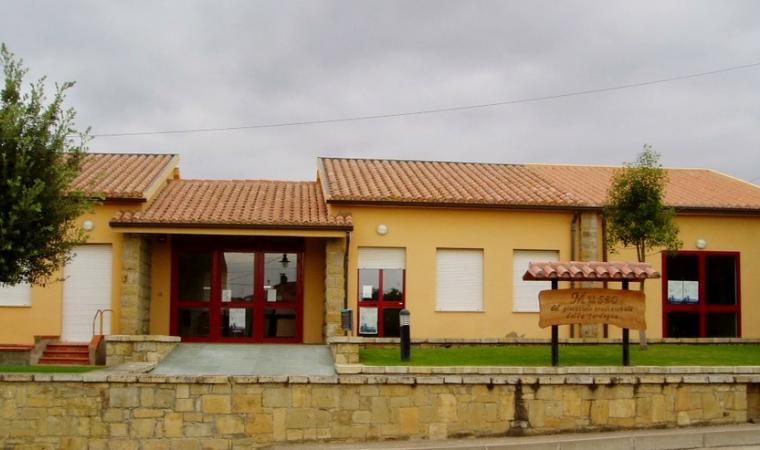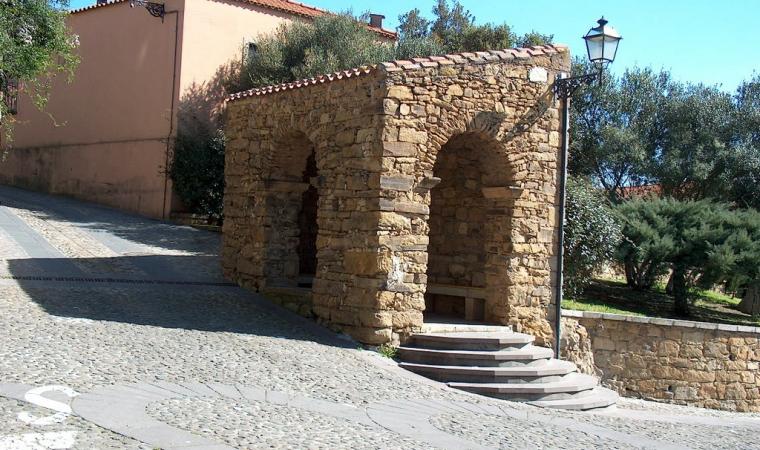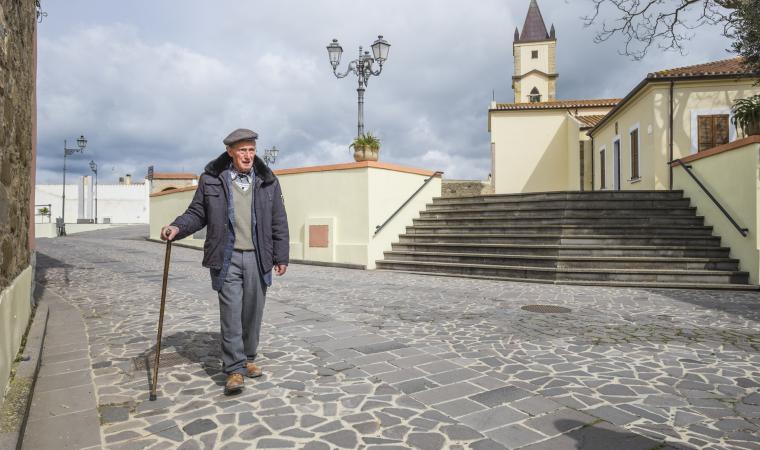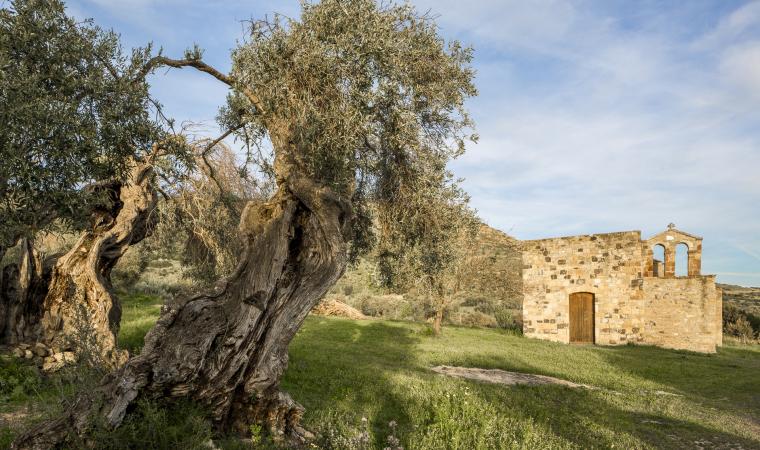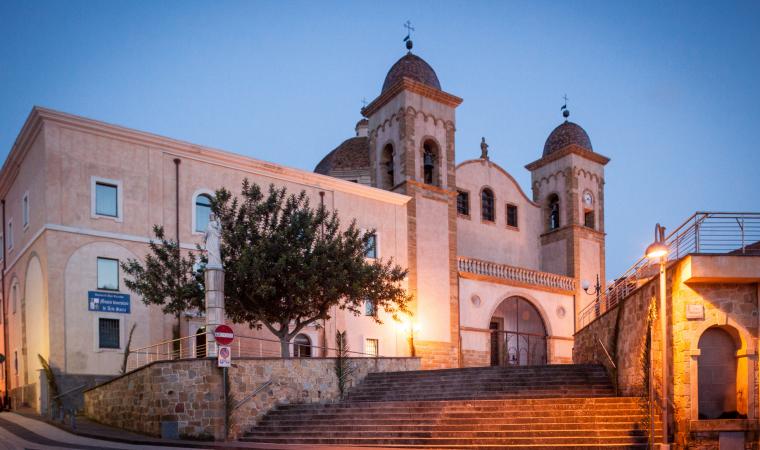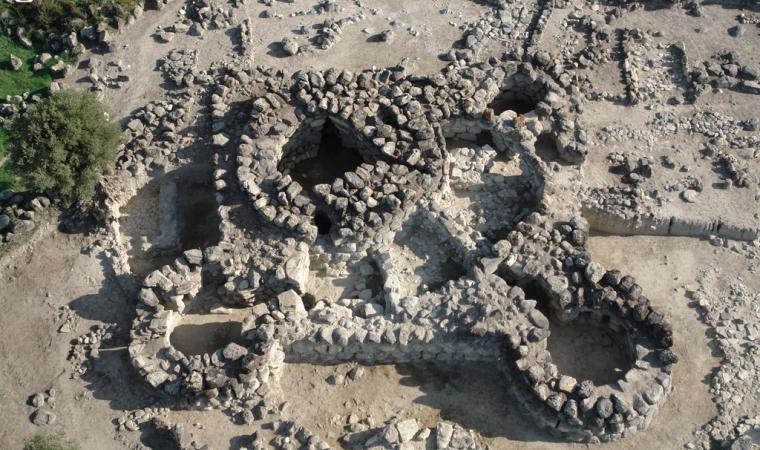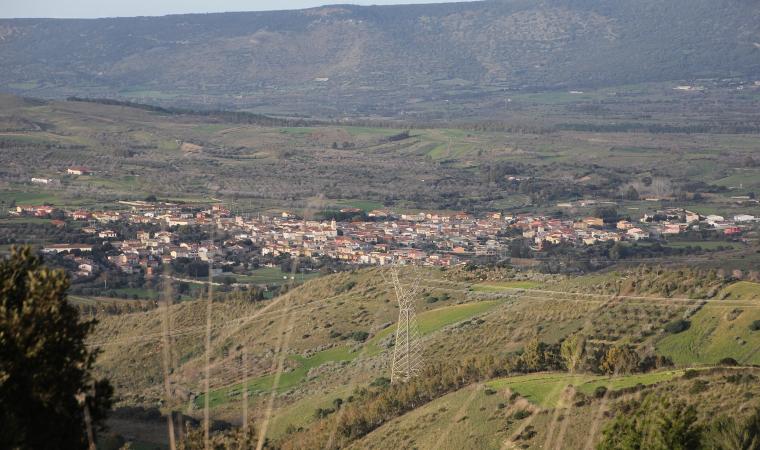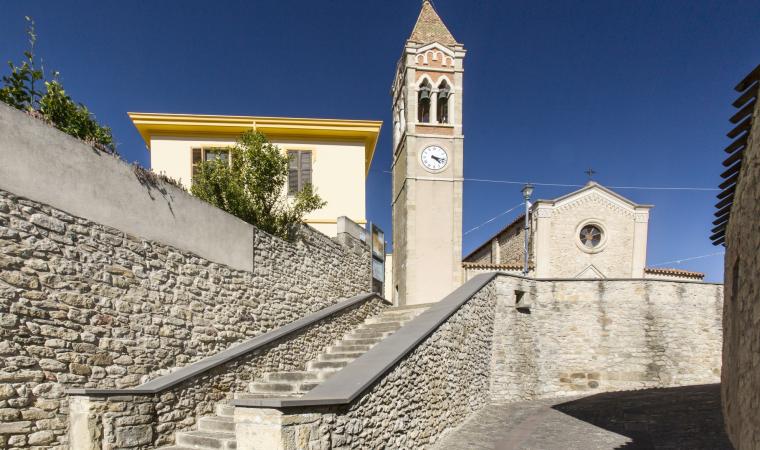An aura of spirituality has surrounded it for thousands of years, from the Nuragic era through the Punic period, up to the Middle Ages. In fact, it gets its name from a church, which has now disappeared, that probably stood next to it. The sacred well of San Salvatore is located on top of a hill to the south of Figu, a hamlet of Gonnosnò. Excavations have shown that the area was intensely frequented for a long time for religious and funeral purposes. The first structure dates back to the Recent and Final Bronze Age, between the 13th and 11th centuries BC, and it consists of a rectangular, paved atrium, from which you can enter the stairwell, through a trapezoidal entrance. From here, a staircase of about 4 metres will take you to the room, partially carved into the rock, with a sub-circular layout and a tholos roof.
The material used to build the well is marl, easily found in the surrounding area. The blocks are evenly squared, hammered and arranged in staggered rows. You will notice some unusual elements in the atrium: the paving made of tuff pebbles, a baetyl and a lithic cist. This is what remains of its ‘restructuring’ for religious purposes carried out in the Punic period, perhaps around the 3rd century BC. In the northern part of the area where the excavations took place, traces of masonry have emerged: they are thought to belong to the Church of San Salvatore, of which only the name of the place had remained until now. The outline of the exposed masonry parts would seem to suggest that an apse-shaped building existed in the past. A large necropolis has emerged in the surroundings, where about ten tombs of people who died at a young age have been investigated. The objects found in the necropolis date back to a period between the 12th and 15th centuries AD.
After visiting the well, you can also explore another fascinating piece of Nuragic evidence, just 700 metres from the well. This is the necropolis of Is Lapideddas, consisting of four Giants’ Tombs, one of which is curiously smaller than the others, also built using squared blocks of marl. Tomb 3 is the best preserved: you will see a large burial chamber with a paved floor, several rows of the walls and part of the east wing of the exedra. The excavations also unearthed older and different types of tombs: six burial pits, perhaps dating back to the culture of Monte Claro, testifying that the area was already used for funeral purposes in the pre-Nuragic era.

